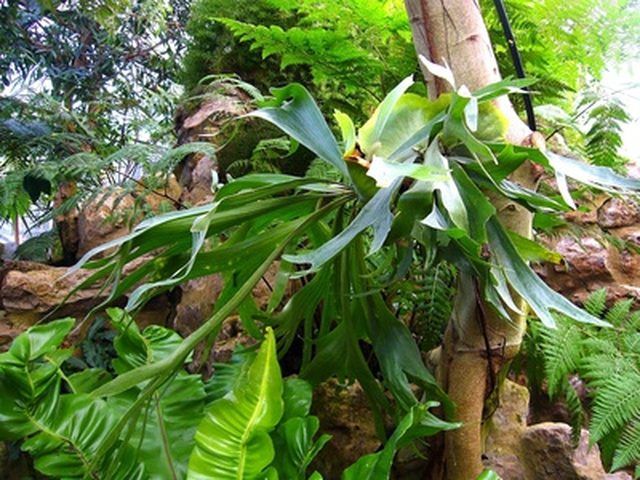Bulbs
Flower Basics
Flower Beds & Specialty Gardens
Flower Garden
Garden Furniture
Garden Gnomes
Garden Seeds
Garden Sheds
Garden Statues
Garden Tools & Supplies
Gardening Basics
Green & Organic
Groundcovers & Vines
Growing Annuals
Growing Basil
Growing Beans
Growing Berries
Growing Blueberries
Growing Cactus
Growing Corn
Growing Cotton
Growing Edibles
Growing Flowers
Growing Garlic
Growing Grapes
Growing Grass
Growing Herbs
Growing Jasmine
Growing Mint
Growing Mushrooms
Orchids
Growing Peanuts
Growing Perennials
Growing Plants
Growing Rosemary
Growing Roses
Growing Strawberries
Growing Sunflowers
Growing Thyme
Growing Tomatoes
Growing Tulips
Growing Vegetables
Herb Basics
Herb Garden
Indoor Growing
Landscaping Basics
Landscaping Patios
Landscaping Plants
Landscaping Shrubs
Landscaping Trees
Landscaping Walks & Pathways
Lawn Basics
Lawn Maintenance
Lawn Mowers
Lawn Ornaments
Lawn Planting
Lawn Tools
Outdoor Growing
Overall Landscape Planning
Pests, Weeds & Problems
Plant Basics
Rock Garden
Rose Garden
Shrubs
Soil
Specialty Gardens
Trees
Vegetable Garden
Yard Maintenance
How to Care for Stag Horn Ferns
How to Care for Stag Horn Ferns. Staghorn ferns are prized for their antler-shaped fronds or leaves, and the unusual fact that they grow hanging from trees and bark rather than being planted in the ground. However, they are not parasitic; that is, they don't take nutrients from the tree itself, but from leaf material that falls from the tree and...

Staghorn ferns are prized for their antler-shaped fronds or leaves, and the unusual fact that they grow hanging from trees and bark rather than being planted in the ground. However, they are not parasitic; that is, they don't take nutrients from the tree itself, but from leaf material that falls from the tree and decays. This natural nutrient plus rainfall provides all the nourishment they require. Part of the fun of growing staghorn ferns is choosing the size and shape of the wood upon which to attach it.
Things You'll Need
Wood or bark
Wire, single-strand or chicken (not copper)
Sphagnum moss
Peat moss
Compost or rich potting soil
Attach to Wood
Place a mixture of organic medium, such as peat moss, sphagnum moss or potting soil, on the wood or bark upon which the fern will be attached.
Place the staghorn fern root-ball on the organic medium and attach it securely to the wood or bark by wrapping several times around with single wire or once around with a section of chicken wire. You can hide the wire with sphagnum moss, but avoid using copper wire.
Place the fern in a location with plenty of bright or filtered light. It will tolerate partial shade, but not direct sunlight.
Replace or add organic material to mounting as needed. As your fern gains its nutrients from this organic material, it will eventually require more.
Fertilize monthly during warm weather. While many growers maintain that staghorn ferns require little to no fertilization, the University of Florida suggests a 1:1:1 ratio fertilizer monthly during warm weather, and semimonthly during the colder months.
Allow your staghorn fern to dry completely between watering. Older ferns require less water than younger ones. Water your fern by dipping the root-ball in water for 10 to 15 minutes. When thoroughly soaked, place the fern where the excess water can drip, then return it to its regular home.
Tips & Warnings
Keep your fern on the dry side. To ensure you don't overwater, you can wait until the leaves begin to droop a little; they recover when watered.
When your staghorn has covered the original bark or wood to which it was attached, you can simply another piece with wire and the roots will find it.
Overwatering will encourage fungus, mealy bugs and scales. If this happens, the University of Florida recommends using a non-oil-based insecticide.
Most staghorns will not tolerate freezing conditions.
Do not wipe fronds to clean. The white fuzz is important to the health of the plant and should not be removed.